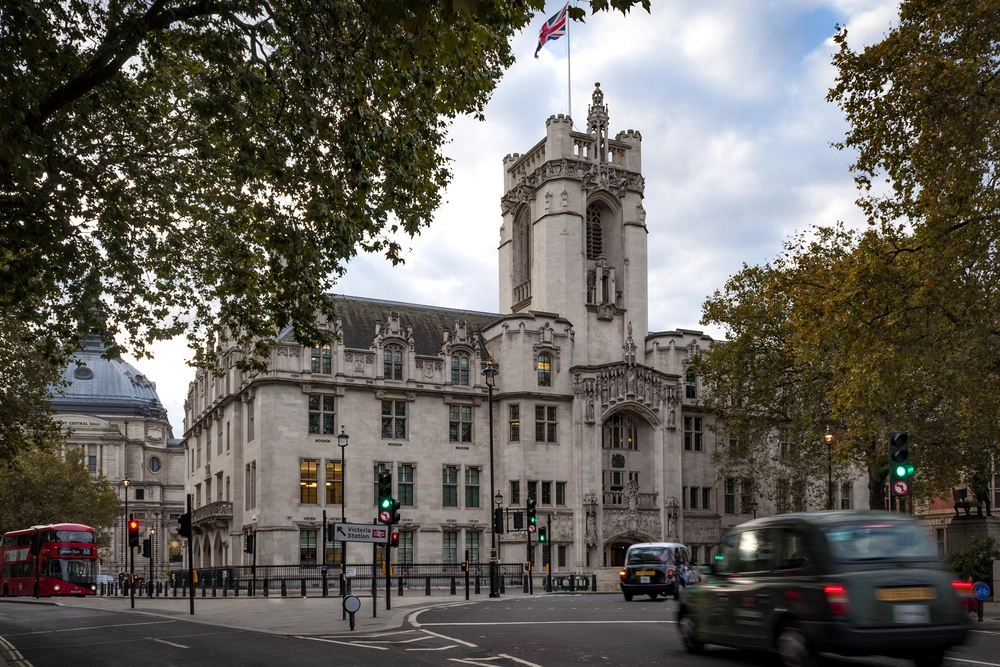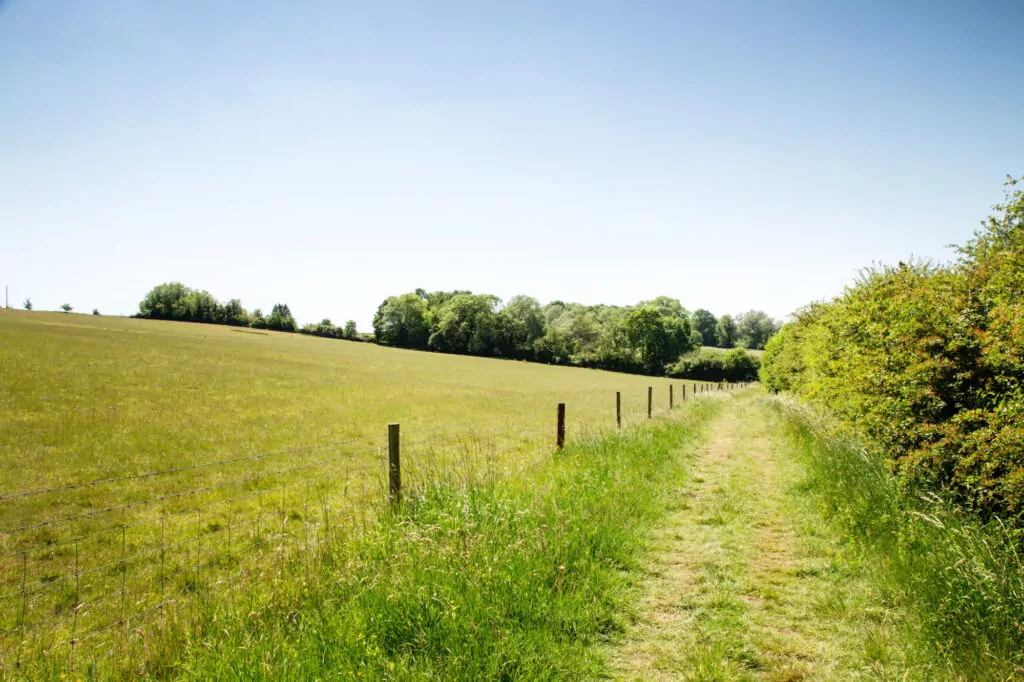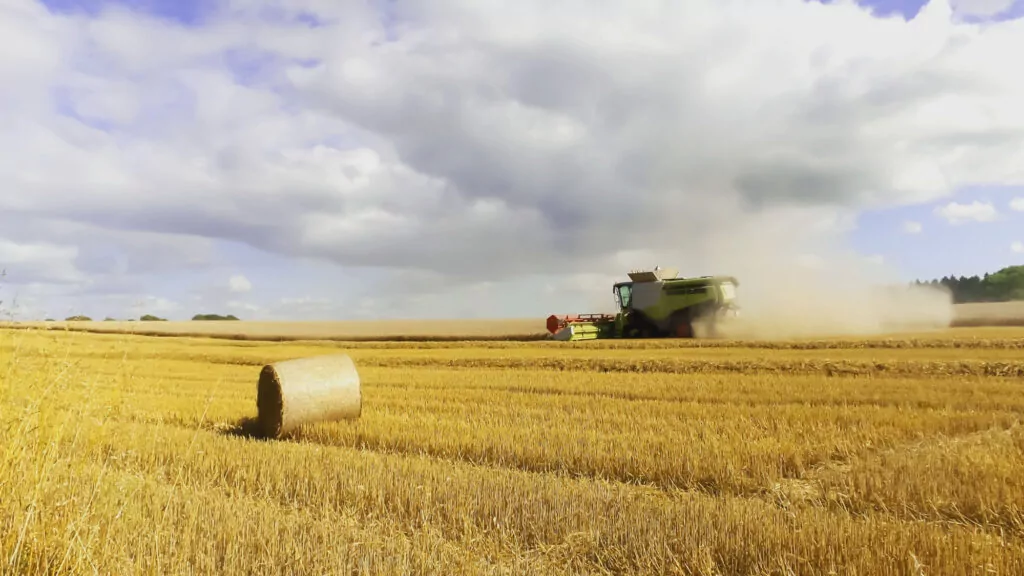
Don’t get in my way – A guide to rights of way obtained through long use

By Edward Venmore, Rose Westwood
8 Dec 2023 | 8 minute read
This guide looks at rights of way obtained through a period of long use. These rights are known as prescriptive easements. The guide will consider:
- how prescriptive rights of way can arise;
- how they can be protected through registration; and
- what you can do if your right of way is blocked.
What is a prescriptive right of way?
A prescriptive right of way is a property right known as an easement that has been acquired over someone else's property through long use.
To procure a prescriptive right of way, the person claiming must demonstrate the following:
- there must be two separately identifiable pieces of land subject to the easement. The land that benefits from the right of way is called the dominant land, and the land that is burdened by the it is called the servient land;
- the use must have been for a period of 20 years or more;
- the use must have been exercised for a continuous period, without interruption or objection by the servient landowner; and
- it must have been exercised without force, permission, or secrecy.
A common example we see with rural land are access tracks to a field. Whilst you may own the field, you do not own the access track. The access track could form part of your neighbour's title if they own other fields that lead off the track. Provided you have used the track to access your field for 20 years or more without interruption or objection by your neighbour, then you could benefit from a prescriptive right of way. If your neighbour has granted you permission to use the track, however, that would not be a prescriptive right of way. If the permission was by way of formal grant, it may be an express easement instead or it could be by way of licence.
It is important to note as well that the right of way will be limited by the use over the 20-year period. For example, if the field has always been used for agricultural purposes, the use of the track for access would be limited to that purpose. If you then got planning permission to develop the field into a housing estate for example, you could not rely on the prescriptive right of way to access the development site because the right of way would no longer be used for agricultural purposes. A new right of way would need to be negotiated with the owner of the track or an alternative access route would need to be arranged.
How can you protect a prescriptive right of way?
The most effective way to protect a prescriptive right of way is to formally document the terms in a Deed of Easement. The Deed of Easement should then be registered with the Land Registry who will record the right of way on the title registers to both the dominant land (land which benefits from the right of way i.e., in our example, the field) and servient land (land which is burdened by the right of way i.e., in our example, the track). This will ensure that the right is formally protected and can mitigate against potential disputes arising because of a misunderstanding with respect to the terms of an unregistered easement.
If it is not practical to enter into a Deed of Easement, for example if the other landowner will not agree to do so, then the prescriptive easement can be registered unilaterally by the dominant landowner (in our example the owner of the field) by applying to the Land Registry. The applicant will be expected to provide evidence of the right of way by completing a statement of truth or a statutory declaration to document the period of use. It is critical to include as much information as possible to evidence the use of the right of way. For example, you will need to confirm how often the right of way has been used historically, what purpose was it used for, whether the right of way was used on foot, by vehicles, or with animals etc.
It may also be necessary to gather witness evidence from previous owners if your personal use does not extend over the full 20-year period. Any other evidence you can gather, such as photographs showing the historic use or witness evidence from employees, contractors, tenants or other farm workers that can provide testimony as to the historic use of the right of way will also be helpful.
If the Land Registry are satisfied that a prescriptive easement has been evidenced, the Land Registry will notify the servient landowner of your intention to register a prescriptive easement. The servient landowner will then have the opportunity to object to the application to register the easement. If the servient landowner does not object, then the easement will be noted on the title registers to both the dominant and servient land. However, if the servient landowner objects to the application, and the Land Registry does not consider the objection to be groundless, then the application may be referred to the Land Tribunal to make a determination.
If you are considering whether to make an application to register a right of way over your neighbour's land, you should carefully consider whether to notify your neighbour of your intentions before doing so to see if the easement can be documented with the consent of both landowners in a formal Deed of Easement instead. If they receive a letter from the Land Registry without notice, that could cause a conflict or sour an otherwise good relationship.
What are the potential implications if you don’t protect a prescriptive right of way?
If you do not register a prescriptive right of way, there are a number of potential implications that could arise:
- if you are selling your land or property with the benefit of a prescriptive easement, a potential purchaser may be put off buying the land or property if the easement is not formally documented or registered;
- if your land or property is inaccessible without the use of a prescriptive right of way, and there is a dispute about whether the right of way exists, you could find that you are unable to access your land and property without a Court Order. If the land has value attached to it (e.g., there are crops growing on the land) you may suffer a financial loss during this period; or,
- you may have an exceptionally amicable relationship with your neighbour, and you may both consider that there is no need to go through the cost and expense of formally documenting your prescriptive easement. However, as land and property pass from one generation to the next, the new owners of the property may not wish you to continue using the right of way. This can lead to expensive legal disputes between neighbours. Therefore, we would always advise to try and formally document rights of way in order to avoid future costs.
What can I do if someone is blocking my right of way?
If you satisfy the legal tests for a prescriptive right of way then the servient landowner, in our example the owner of the track, cannot block your right of way. That is the case even if the right is not protected by registration.
Even if the owner of the track changes and the new owners do not want you using the track anymore, they cannot lawfully stop you from doing so, unless your use of the track suddenly changes. As we discussed, that could be because you are granted planning permission on your field for a change of use.
In the first instance, we would recommend talking to the neighbouring landowner to try and understand from them what their objection is to your use of the right of way. If they disagree that you benefit from the right of way, you should provide them with all the evidence of your use for the period of 20 years or more. If they still will not remove the obstruction, we suggest you seek legal advice. We do not recommend you taking matters into your own hands and trying to remove the obstruction yourself. At worst, forcibly removing an obstruction could result in criminal prosecution for criminal damage and trespass, which can result in fines, or in serious cases, imprisonment.
Top tips
- If you are using a right of way to cross someone else's property, and the easement is not formally recorded within your title deeds, you should take legal advice on whether the right of way can be registered. This is particularly important if you are selling land or considering succession planning to prevent future disputes over the terms and existence of the right of way.
- If you are using a right of way which is being obstructed, we recommend you speak to the landowner and discuss it with them first. Provide all the evidence you have to document your use over the 20-year period. If they still will not remove the obstruction, seek legal advice.
- If you are considering whether to change how you use your land (e.g., a development), we highly recommend you seek legal advice on the adequacy of the rights you are relying on to access the development. If you are found to be excessively using a right of way or using the right of a way beyond what you are legally permitted to do, you may not be able to complete the development project and you could be faced with a costly legal dispute.
For more of our thoughts and other information on rights of way, be sure to listen to our latest Experts in the Field podcast episode below.












